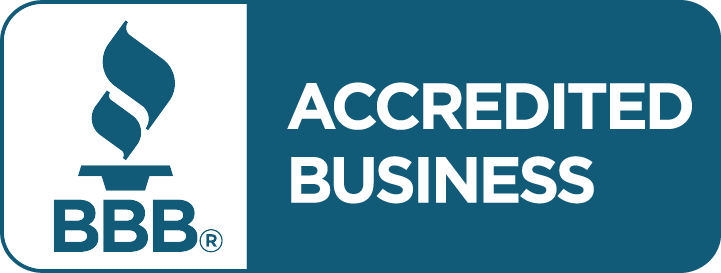Pipeline to Perfection: What to Look for in Plumbing When Purchasing a New Home
While the aesthetics of a new home may capture your imagination, it’s crucial to delve beneath the surface and inspect the plumbing infrastructure. A well-maintained plumbing system ensures a comfortable and functional living space. In this blog post, we’ll discuss the importance of a plumbing inspection and guide you through the key considerations when evaluating the plumbing of a potential new home, helping you make an informed decision and avoid unforeseen challenges.
Water Pressure and Flow
Begin your plumbing assessment by checking the water pressure and flow throughout the house. Turn on faucets, showers, and appliances to ensure consistent water pressure. Inadequate pressure or irregular flow could indicate underlying plumbing issues.
Visible Leaks and Water Damage
Thoroughly inspect ceilings, walls, and floors for any signs of visible leaks or water damage. Stains, discoloration, or soft spots may point to past or ongoing plumbing problems. Pay close attention to areas surrounding sinks, toilets, and the water heater.
Age and Material of Pipes
Inquire about the age and material of the plumbing pipes. Different materials have varying lifespans and susceptibility to issues. Older homes may have galvanized steel pipes prone to corrosion, while modern homes often feature more durable options like copper or PEX.
Water Heater Condition
Evaluate the condition and age of the water heater. Check for signs of rust, leaks, or unusual noises. A well-maintained water heater with a clear service history can be a positive sign of a homeowner’s commitment to plumbing care.
Drainage System Performance
Test the drainage system by running water in sinks, tubs, and showers. Observe the speed of drainage and listen for any gurgling sounds, which could indicate issues with plumbing vents or potential clogs. Proper drainage is essential for a well-functioning plumbing system.
Toilet Functionality
Ensure toilets flush properly without any leaks. Check for any wobbling or instability, which may suggest a need for repairs. A properly functioning toilet is crucial for maintaining a sanitary and efficient plumbing system.
Shut-Off Valve Accessibility
Identify the location of shut-off valves for each plumbing fixture and the main water supply. Having accessible shut-off valves is crucial for quick responses to leaks or plumbing emergencies. Ensure that these valves are in good working condition.
Evidence of Past Repairs
Inquire about any past plumbing repairs or renovations. Understanding the history of plumbing work in the home can provide insights into potential recurring issues or the overall condition of the plumbing system.
Water Quality
Consider the quality of the water. If possible, request a water quality report or have the water tested for contaminants. Poor water quality can impact your health and the longevity of plumbing fixtures and appliances.
Sewer System Plumbing Inspection
Arrange for a thorough inspection of the sewer system. Check for signs of sewer line issues, such as foul odors, slow drains, or gurgling noises. Addressing sewer problems promptly is crucial to prevent costly and disruptive repairs.
By carefully examining the plumbing system of a potential new home, you’re not only investing in its immediate functionality but also safeguarding against future issues. Water pressure, visible leaks, pipe materials, water heater condition, drainage performance, toilet functionality, shut-off valve accessibility, past repairs, water quality, and sewer system health are all critical considerations. Engaging a qualified home inspector or plumbing inspection professional can provide a comprehensive evaluation, ensuring that your new home is equipped with a plumbing system that meets your expectations and sets the stage for a worry-free living experience.
If you need help with a new home plumbing inspection in Victoria BC or the Cowichan Valley call the Clear Choice Plumbing.





